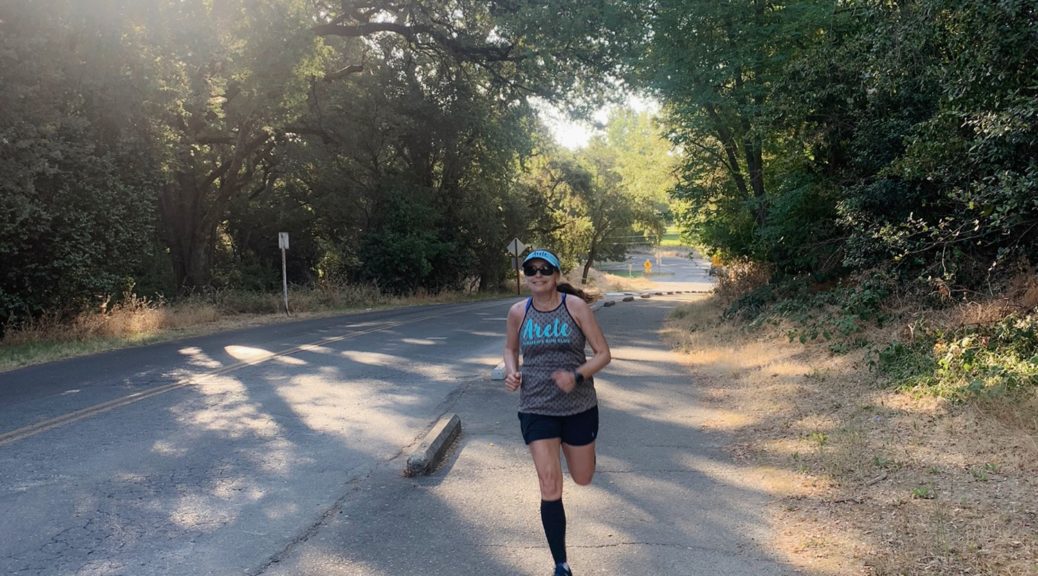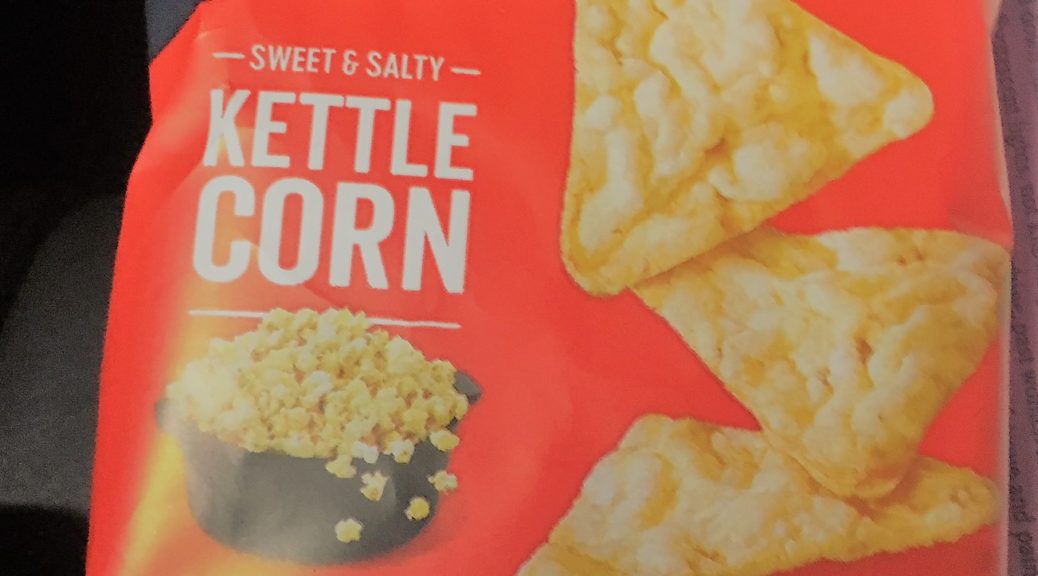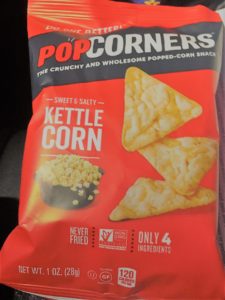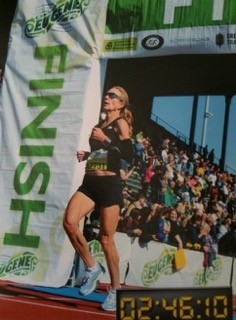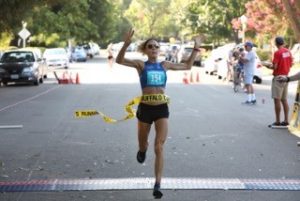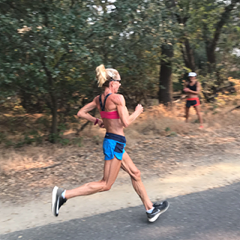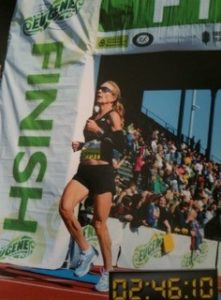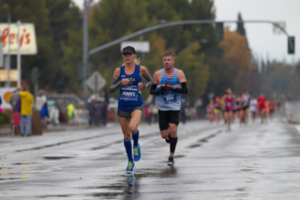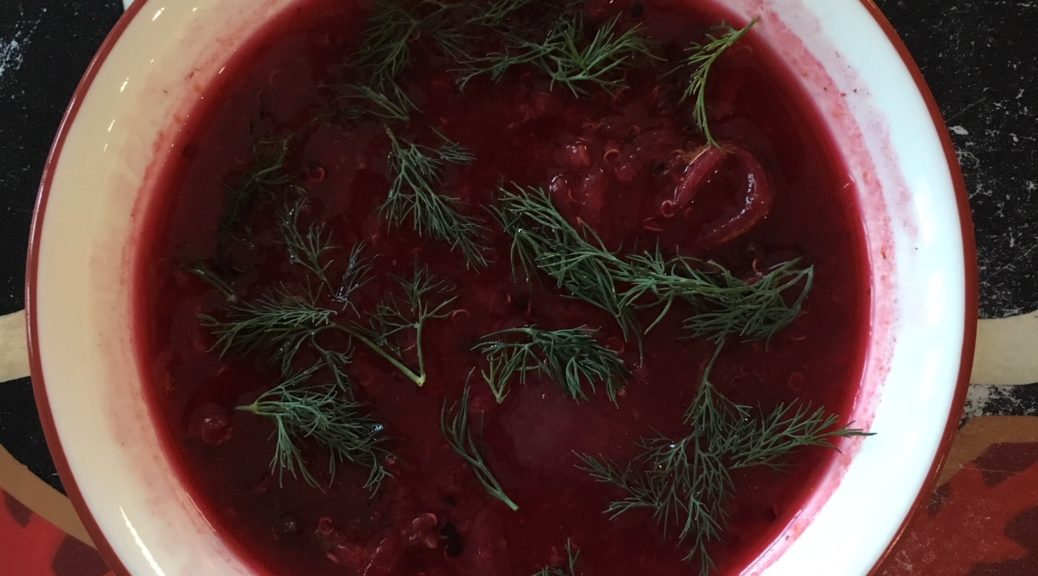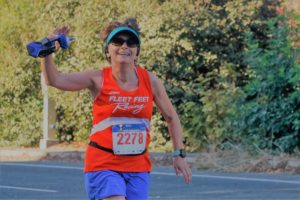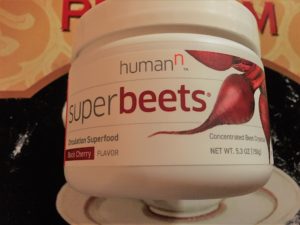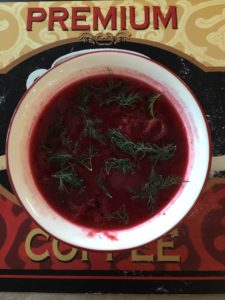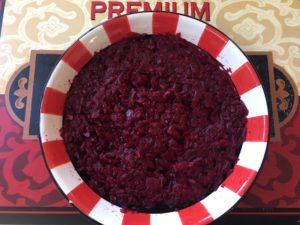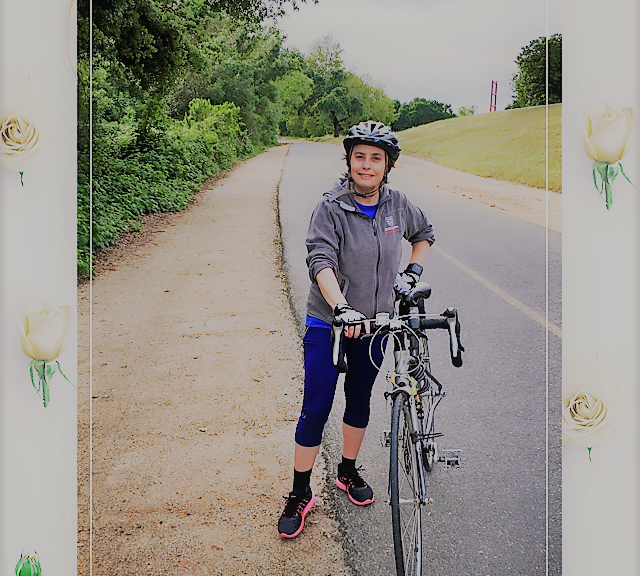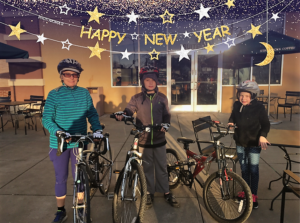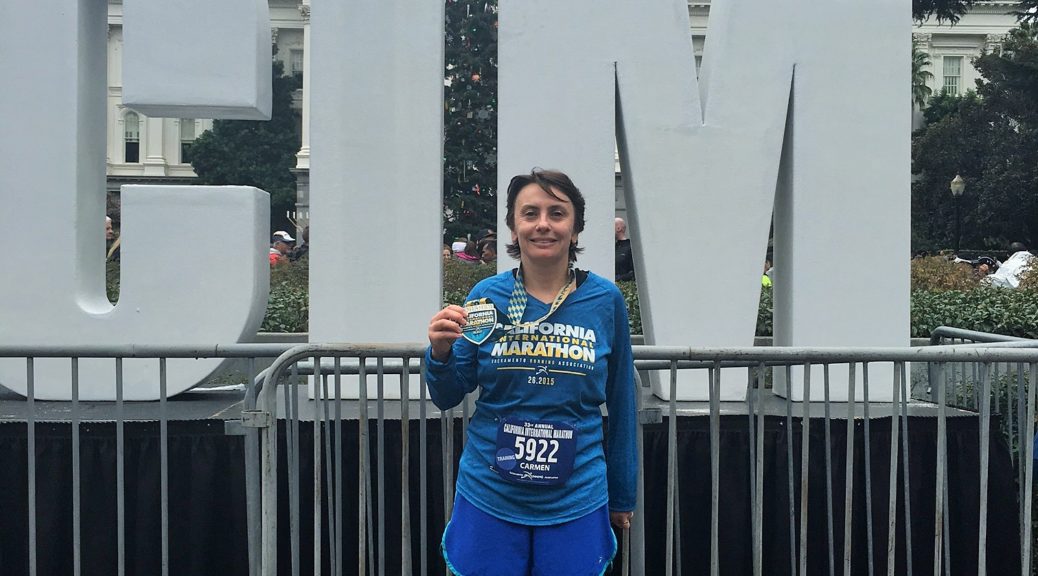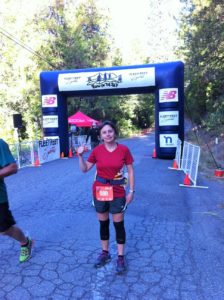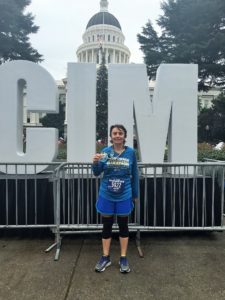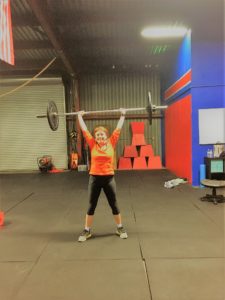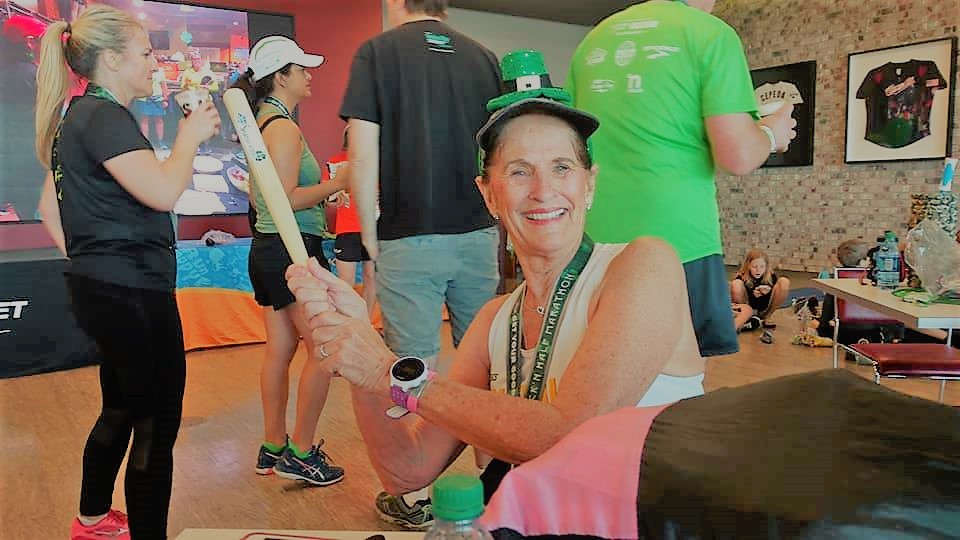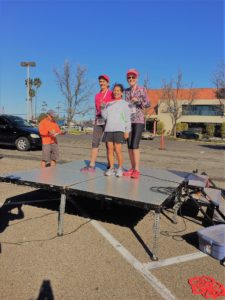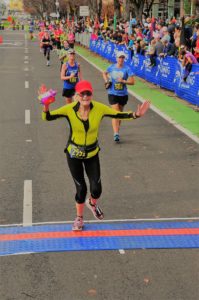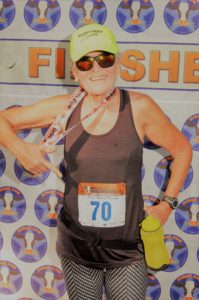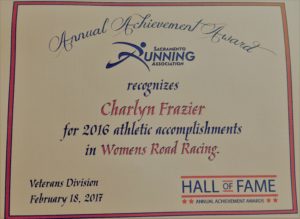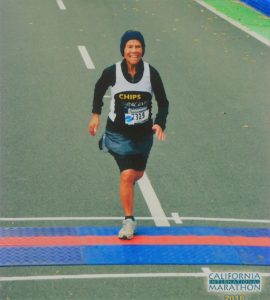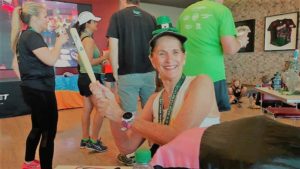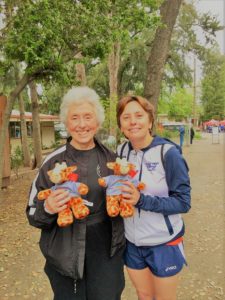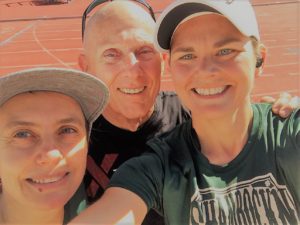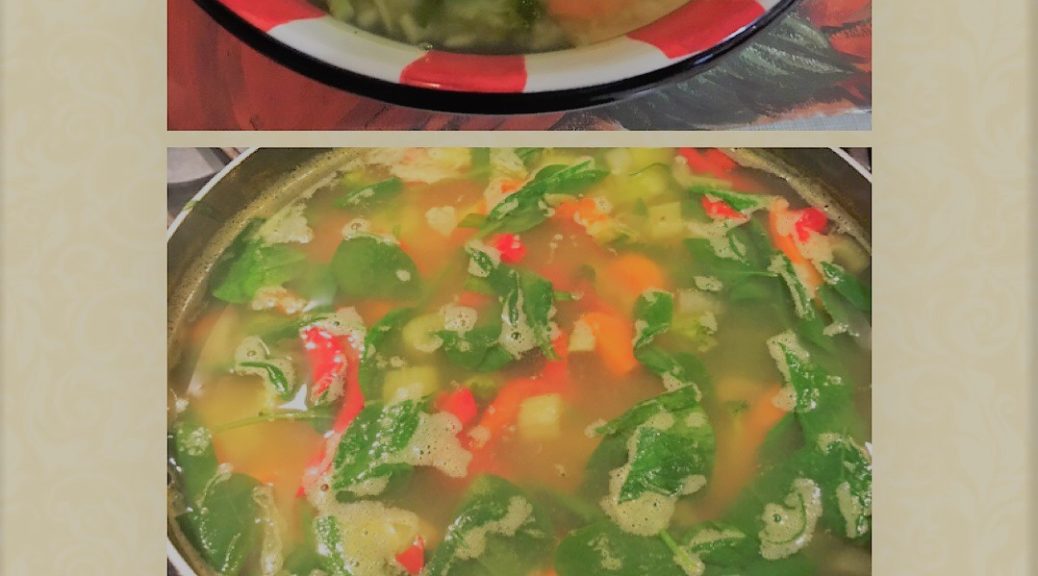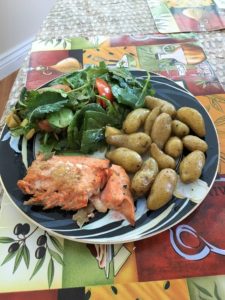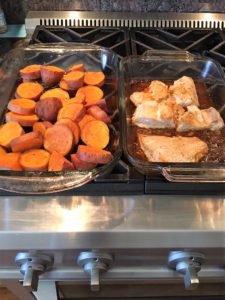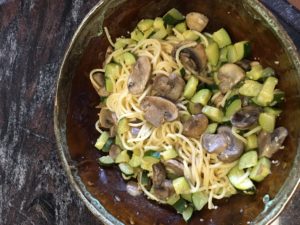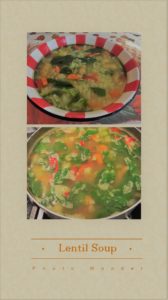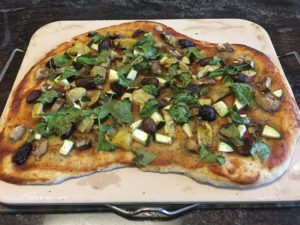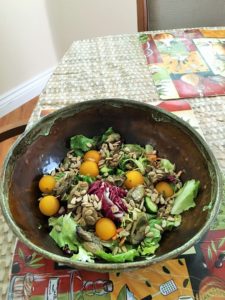Let’s be honest: when every single race we were supposed to run this year (I was supposed to run Tokyo and London marathons) gets canceled due to the global Covid-19 pandemic, we get upset, frustrated, and even depressed when we feel that our training has gone to waste, even though we all know that our health and safety come first. Our inability to race this year seems unfathomable and surreal, as in previous years we have had way too many races to run and not enough time to properly train for all. And now that we cannot race, how about a shift in perspective? We have no races to run, or a very limited amount, mainly trails and small road races, but we finally have more time to train and to be intentional about the sport that brings us so much joy.
1. The Simplicity of Running
As some of you know, I became a runner in 2015 after having played soccer as a kid and competitive tennis for 20 years plus. However, as soon as I became a runner, I was hooked by its purity and simplicity. I didn’t have to plan my tennis matches by finding friends to play with. All I had to do is put my running shoes on and take off down the street from my house till I hit Ancil Hoffman Park, or what I call my slice of Paradise. What a simple way to experience the world as poetry in motion! What tremendous joy to let my feet take me places while feeling the gentle summer breeze against my neck, my arms that moved in perfect unison with the world, and my legs that, at first stomped around like a sumo wrestler, after which they learned to caress the ground and be gentle and quiet. Not only did I relish the simplicity of running and the tremendous joy that suffused my soul, but I also started writing poetry in my head and I continue to do so. I hope to publish my poetry book at the end of this year, so stay tuned.
Therefore, one way to deal with all the race cancelations is to go back to basics and to the simplicity of running by finding more time to relish our breath, stride, and euphoric feelings induced by running.
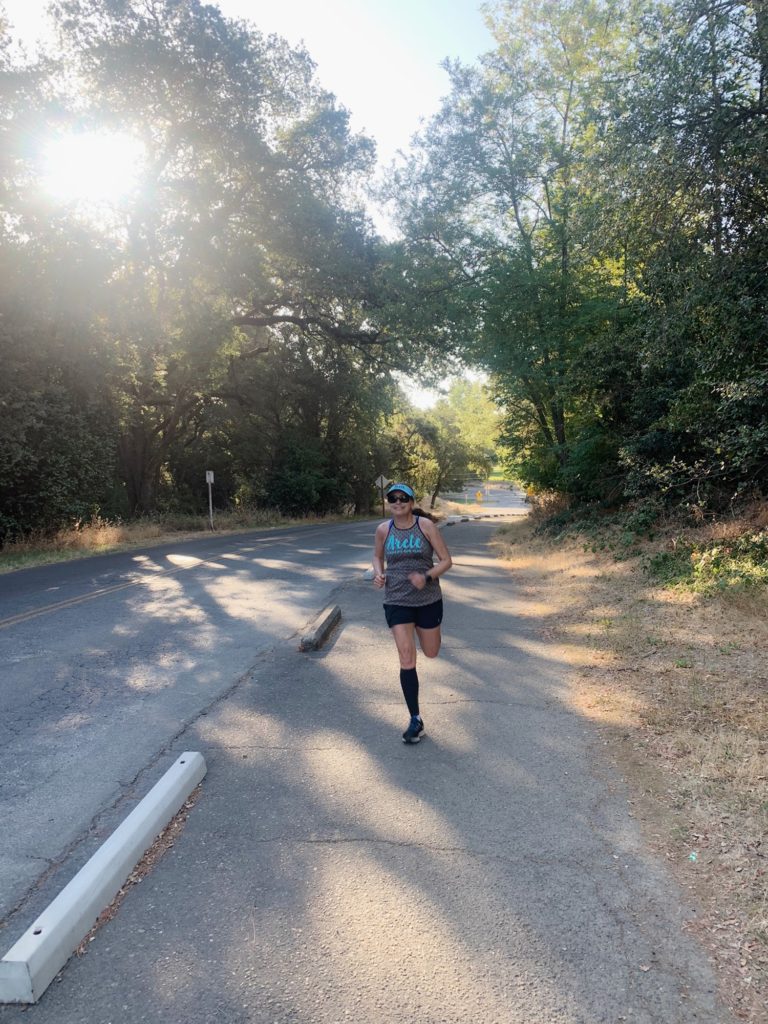
The simplicity of running, but not so much of doing hill repeats- ha!ha!
2. Gratitude
In 2018 when my husband and I finished building our home, I threw a big party for the runners in the Sacramento community. Lisa Limcaco, one of my runner friends, brought a housewarming gift, a small decoration piece that said gratitude on it. She told me: “You always say how grateful you are in your posts, so I thought this would make the perfect gift.” I was grateful to Lisa for being so thoughtful, as well as thinking of me as someone who lives life with gratitude, as I never want to come across as ungrateful or entitled. To me, life is a constant opportunity to practice gratitude, not only during good times, but especially during hard and nebulous times. As Deena Kastor, who is the American record holder in the marathon, said in our Zoom meeting with my Arete team mates: “We need to practice gratitude, patience, and solution seeking.” Optimism, she added, helps us put the bad days in perspective quickly. And if you wish to become a more grateful and joyous runner, according to Kastor, then write three things you are grateful for every evening and you cannot repeat what you wrote the previous day. I also highly recommend reading Deena Kastor’s memoir memoir Let your Mind Run, which will transform your relationship to running and to the world around you.
Due to the precarious stage we are in with this pandemic, I feel gratitude can propel us forward, as well as make us more appreciative of our strong runner bodies and lungs. The fact that we are healthy and that we can run while others are fighting for their lives in hospitals, with some of them not making it, should give us the strongest dose of gratitude ever and dissipate any complaints about races being canceled. Racing will return one day and we will be even more grateful to run next to our friends and competitors, but for now we all need to find joy and gratitude for being alive and able to run.
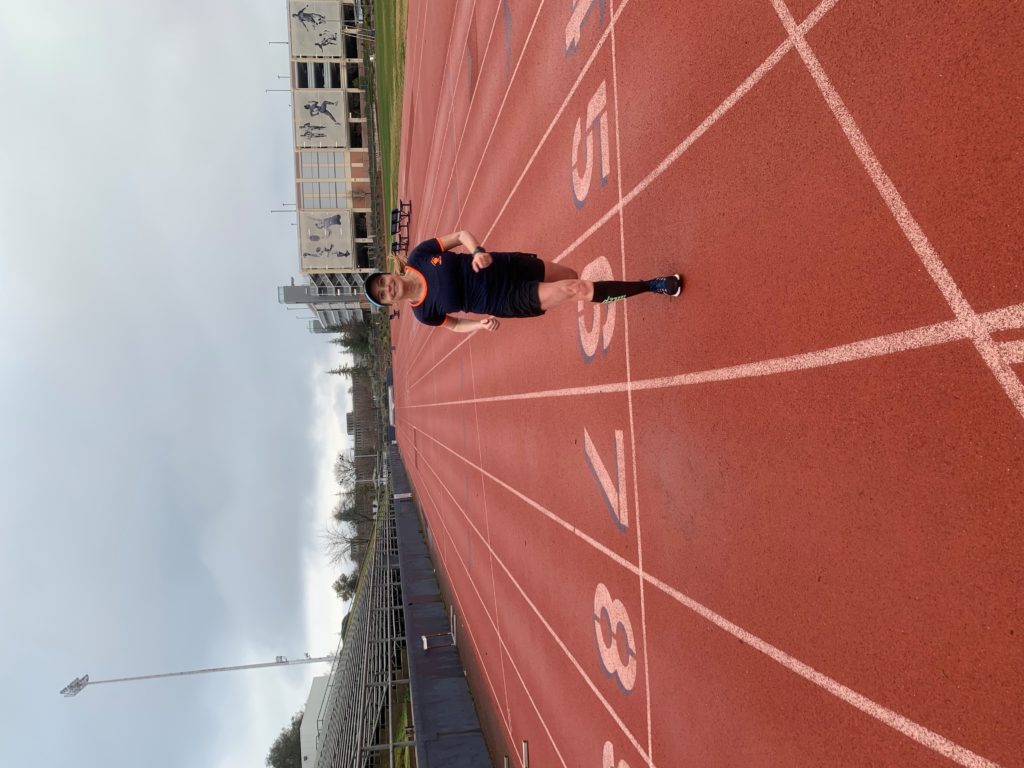
3. The Joy of Running
To me, running is pure joy as sweet and gooey as honey pouring down my soul every time I lace up my shoes to go on a run, solo or with friends, but in these times more solo. During our quarantine in March, I ran solo around my neighborhood for two months, missing my friends, but knowing that I had to do my part in flattening the curve of this contagious virus. I kept running through Ancil Hoffman Park and all the hills around my neighborhood, writing poetry in my head and composing a few rap songs. I started to relish the tranquility of my morning runs and found joy in my solitary running, because that was the only known constant in my life and it made me happy to be out in the fresh air, while social distancing. Not only does running make me elated and more content with life, but it also adds inner peace and the realization that we already have everything we need inside our souls to be joyous, as I expressed in this poem I wrote.

Jumping with Joy
When I run around Ancil Hoffman Park,
my magic place and slice of Paradise
where I first became a runner
I sometimes stop running
and simply jump with joy
as my way to greet the day
on the trail.
To salute the sun
and kick up my heels
towards the Heavens.
4. Health and Nutrition
We all know that when we eat healthy and focus on eating more fruit and vegetables together with high quality protein, such as wild-caught salmon, organic chicken, and less processed foods, we have a better chance to beat Covid-19 and stay healthy, besides running stronger. One thing we can really do while not having to rush from one race to another is to focus on our minds and bodies by eating healthy and clean, avoiding processed foods, and paying attention to what our bodies need, especially when we demand so much from them when we run an average of 40 to 50 miles a week.
As our focus is to stay healthy and not catch this virus, nutrition plays a big role in our overall health, as studies show that runners cannot outrun a bad diet.
In my case, at the beginning of the year when running didn’t feel great, I had to reevaluate my vegan diet and decided that it was too restrictive and not giving me all the vitamins and protein that my body needed. Test results showed I had various vitamin and protein deficiencies, so I decided to adopt more of a plant-based diet and after adding wild-caught salmon and some bison meat, my iron levels have improved and my running has never been stronger. The moral of the story is that we all have different bodies and nutritional needs that are different for women and men and that having many bad runs can mean that our body needs more vitamins and nutrients, which is why checking our iron levels and thyroid is key for runners.

5. Freedom
The fact that most races have been canceled left us with sadness that we cannot run together and compete against one another, but it also gave us more freedom to work on our speed, endurance, or just to run for the joy of running. When not preparing for races, we can devote more time on proper rest and recovery, cross training (I have biked and done more strength training), and just rediscovering the main reason why we run, which is the ultimate freedom, as we stride through time and space. As a sports enthusiast, I have never felt as free as when I run, because running allows us to move freely and to be ourselves. Running is thus the ultimate form of simplicity, gratitude, joy, health, and freedom, and until we race again safely, let’s all hold these truths close to our hearts, because in the end, it will be worth it and we will come out stronger, kinder, and maybe even faster. And last, but not least, let’s wear our masks and show others that freedom also means caring deeply about one another and doing our part to protect our fragile planet.

For more info on running and real estate, whether buying or selling, please e-mail me at carmenmicsa@yahoo.com, or call me at 916-342-2446. Also mention this blog and receive a great offer whether buying (credit for closing costs) or selling (commission discount). Running for real estate with joy!

